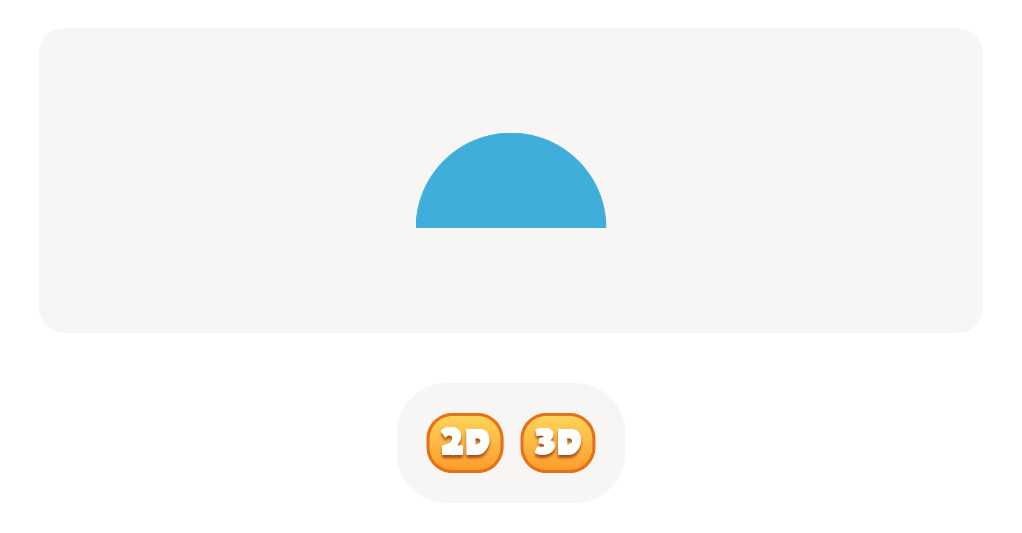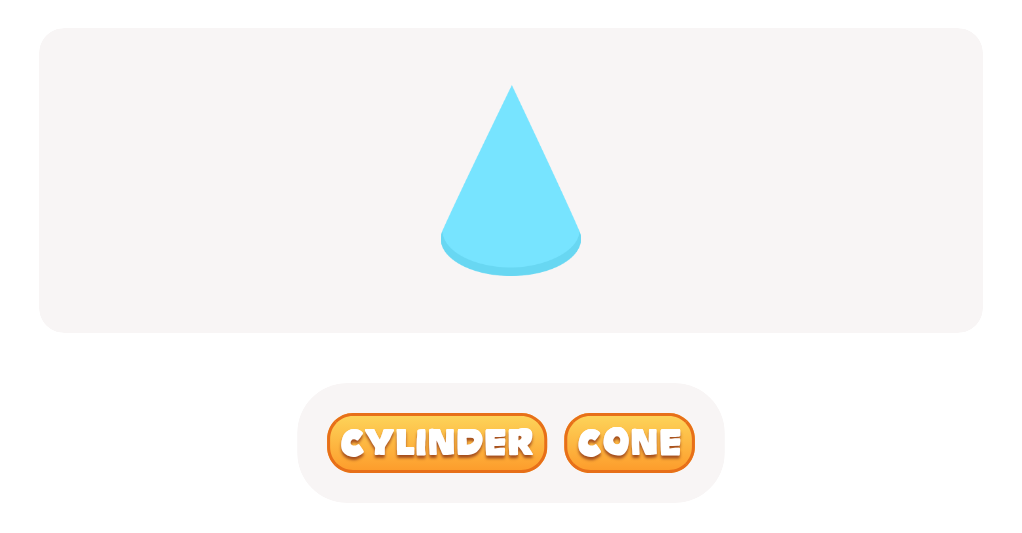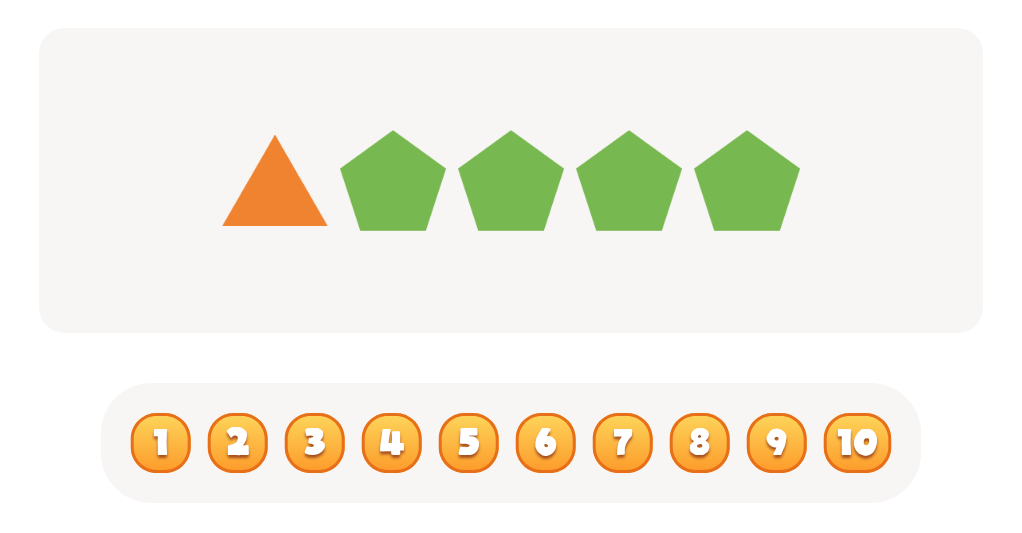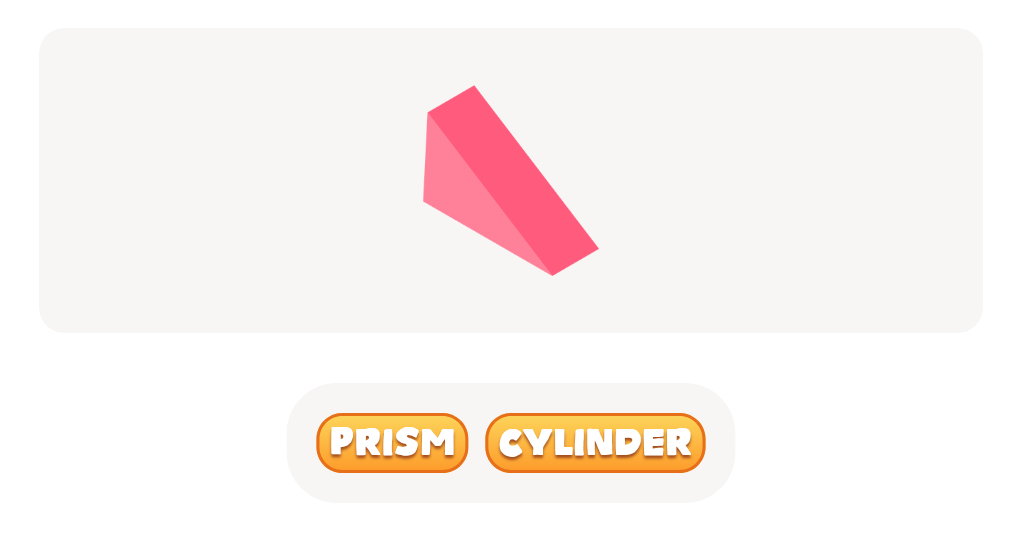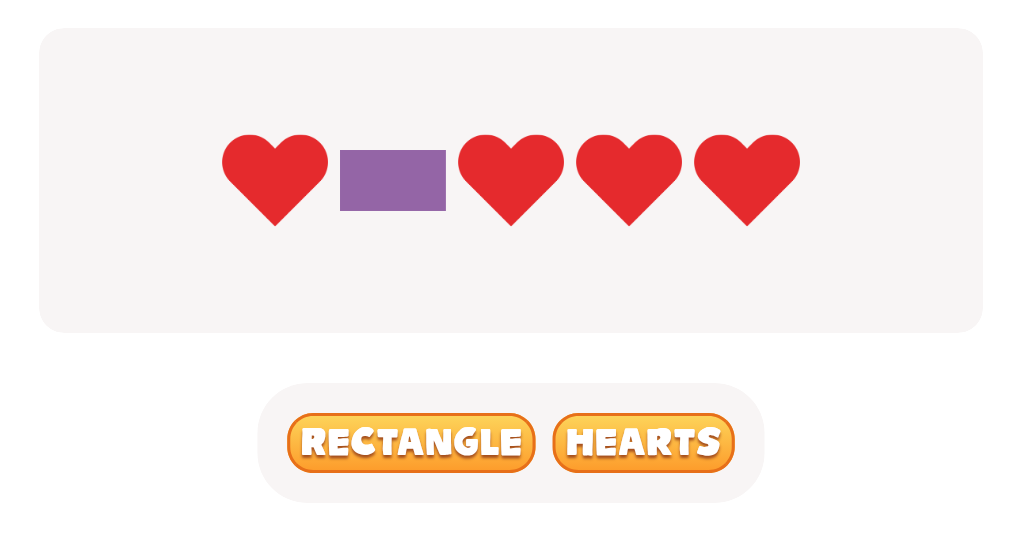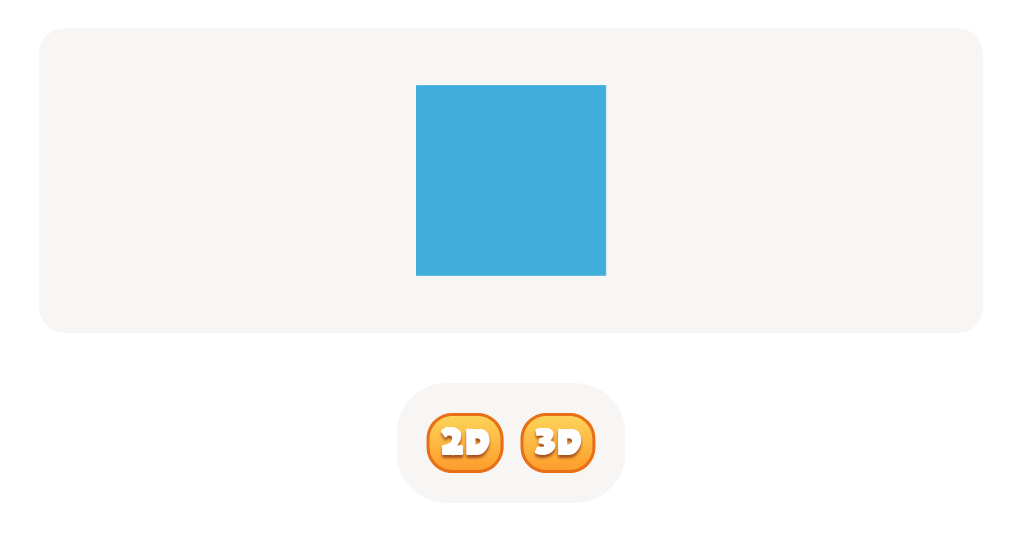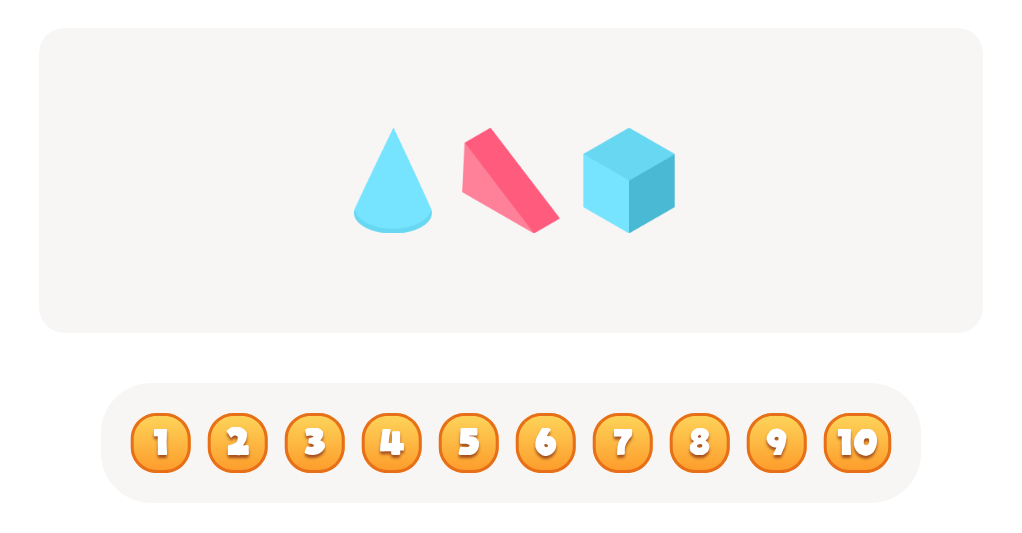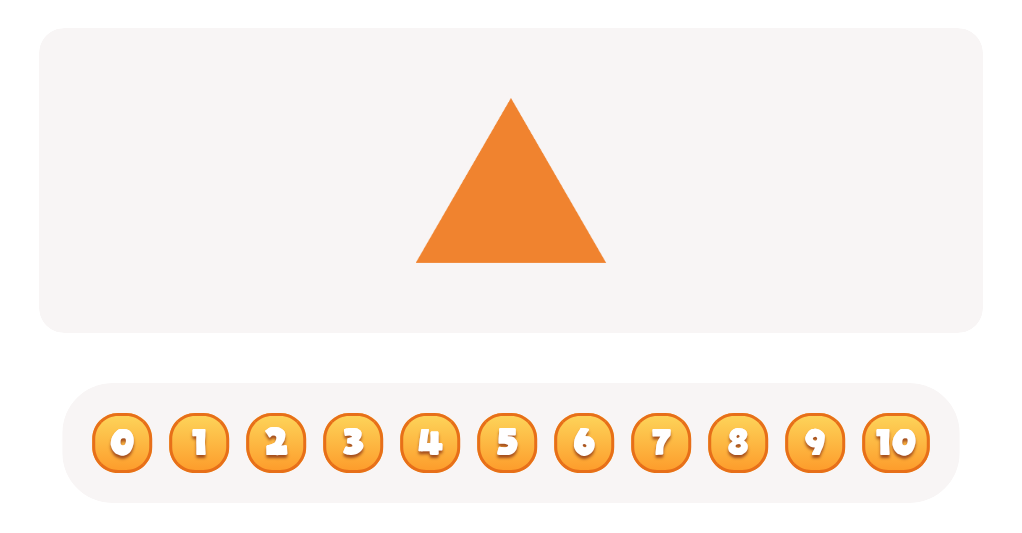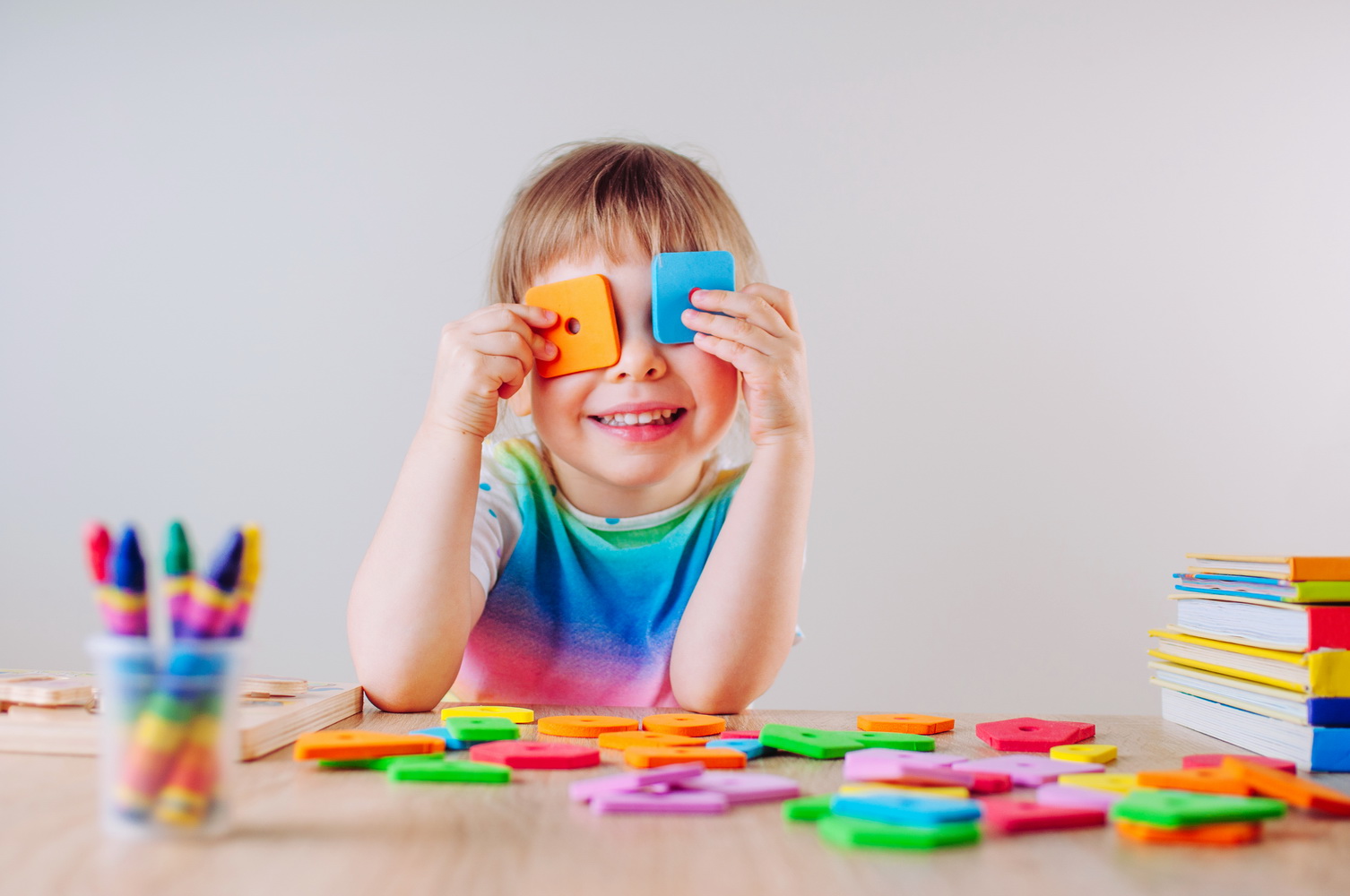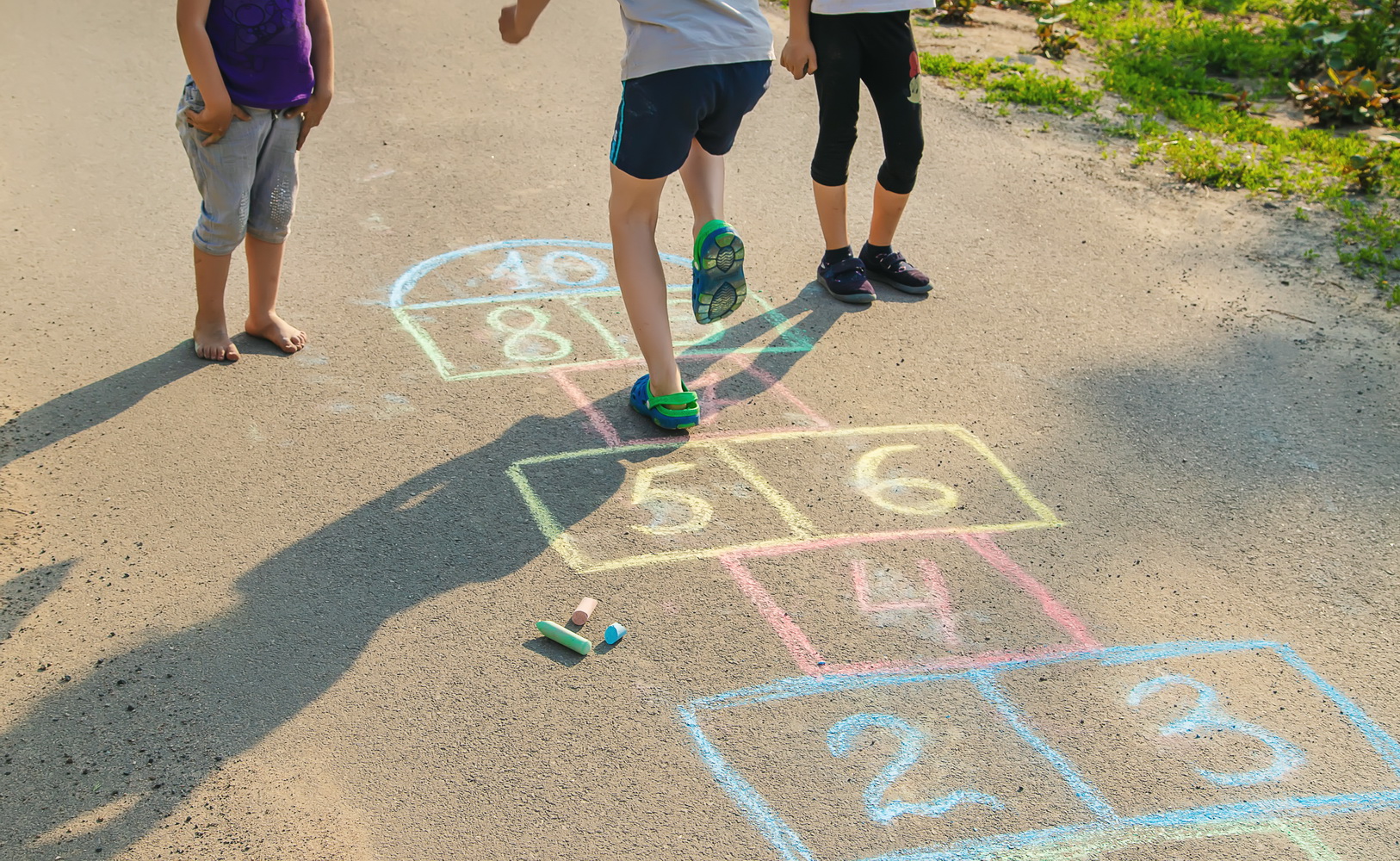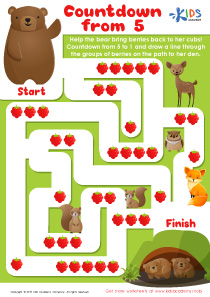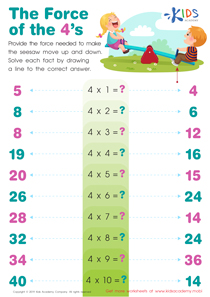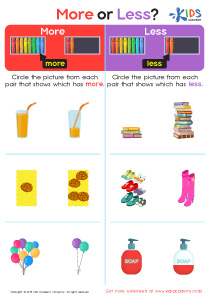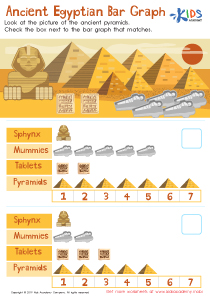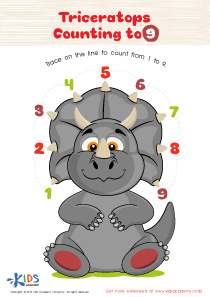Shape Recognition Easy Geometry Worksheets for 7-Year-Olds
12 filtered results
-
From - To
Introduce your 7-year-old to the exciting world of geometry with our "Shape Recognition Easy Geometry Worksheets"! Perfectly designed for young learners, these fun and engaging worksheets help them easily identify, differentiate, and understand various shapes. Each worksheet offers colorful activities and enjoyable puzzles that make learning shape geometry a delightful journey. Essential for developing strong mathematical foundations, our resources are tailored to align with educational standards and boost children's confidence in recognizing and categorizing different shapes. Make geometry fun and accessible with our expertly crafted worksheets and watch your child’s math skills flourish!


Cone Hide-and-Seek Worksheet
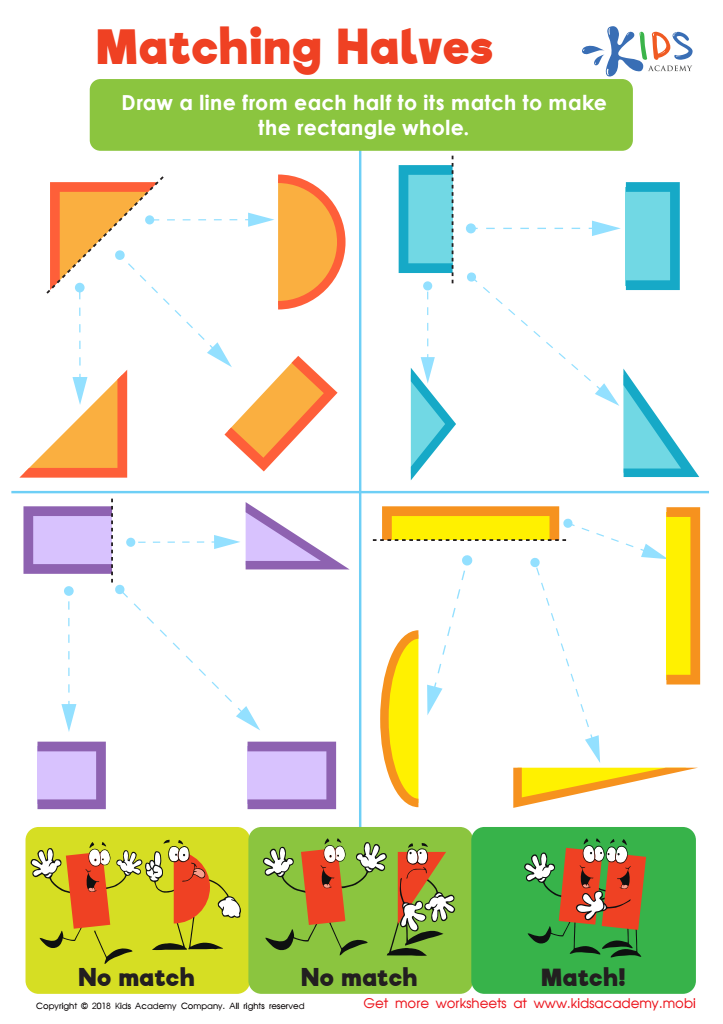

Matching Halves Worksheet


Faces of 3D Shapes Worksheet


Odd Shape Out Worksheet for Grade 1
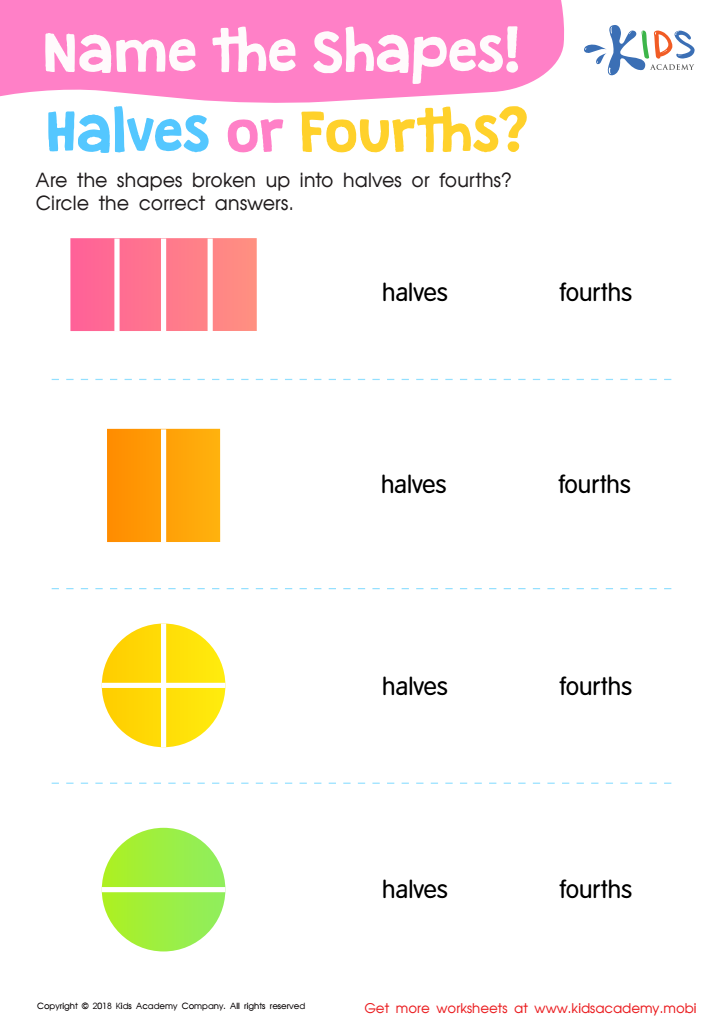

Name the Shapes Halves or Fourths? Worksheet
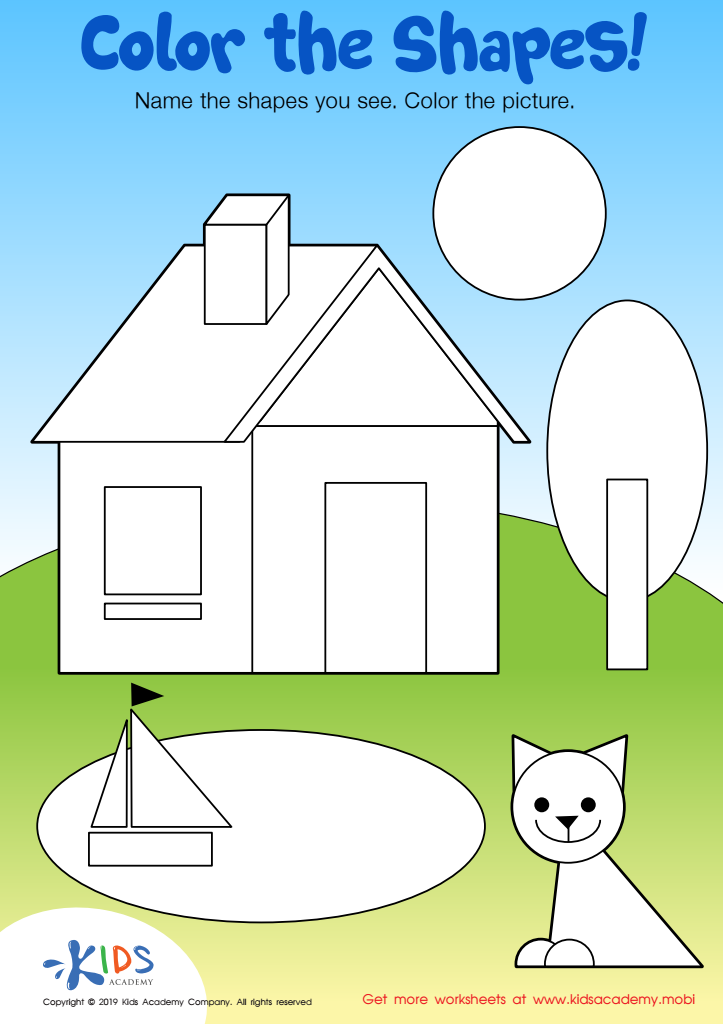

Color the Shapes Worksheet
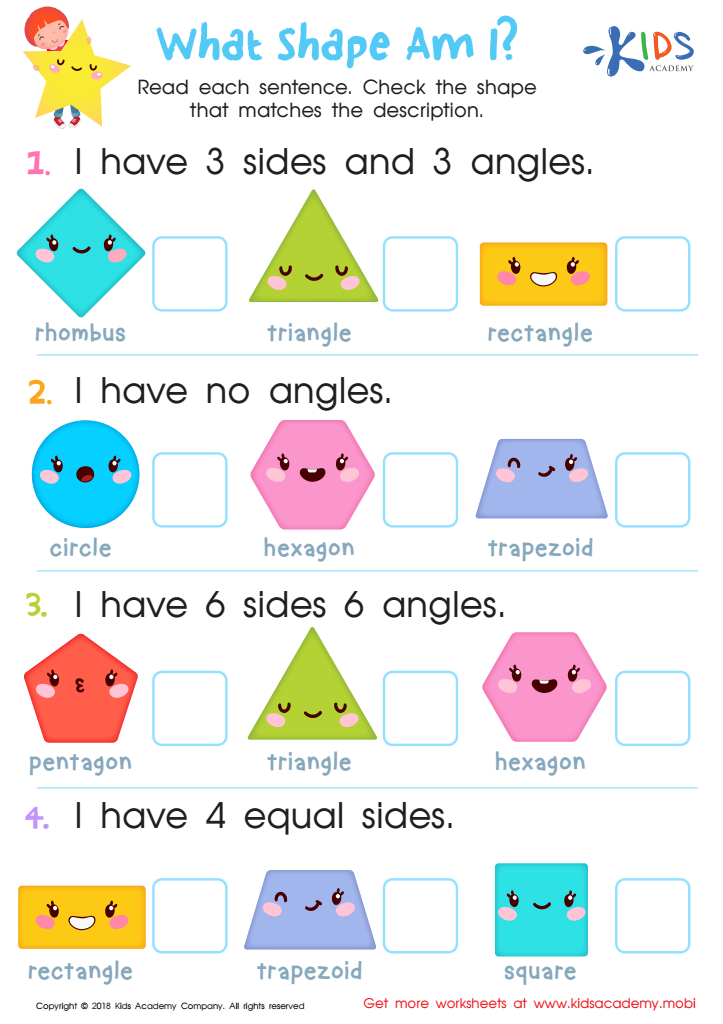

What Shape Am I? Worksheet
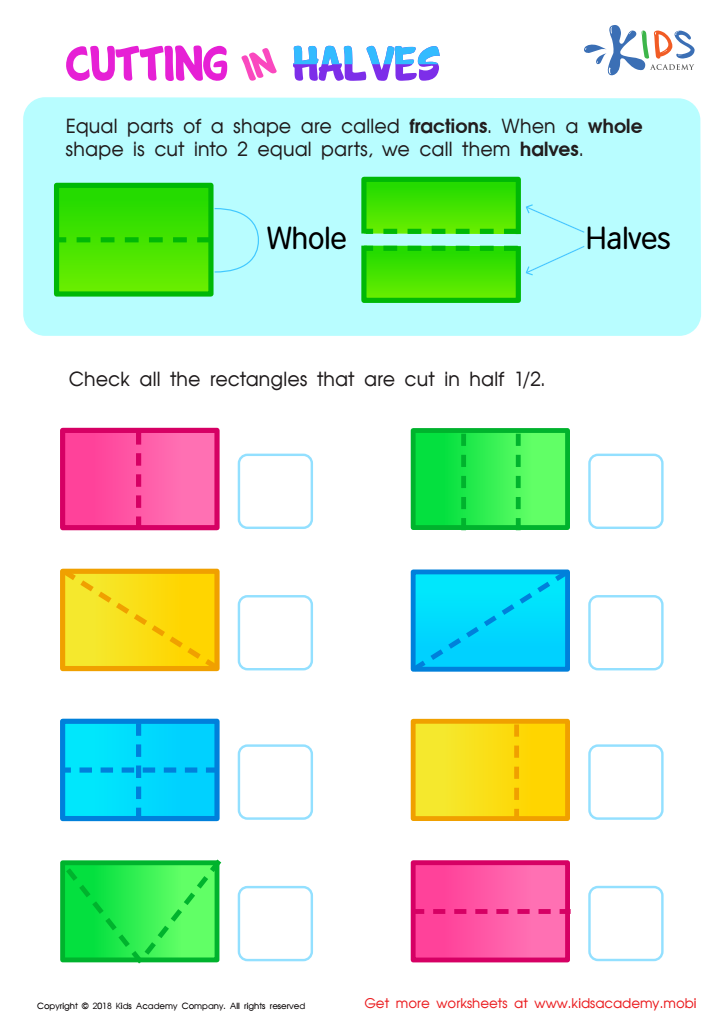

Cutting in Halves Worksheet
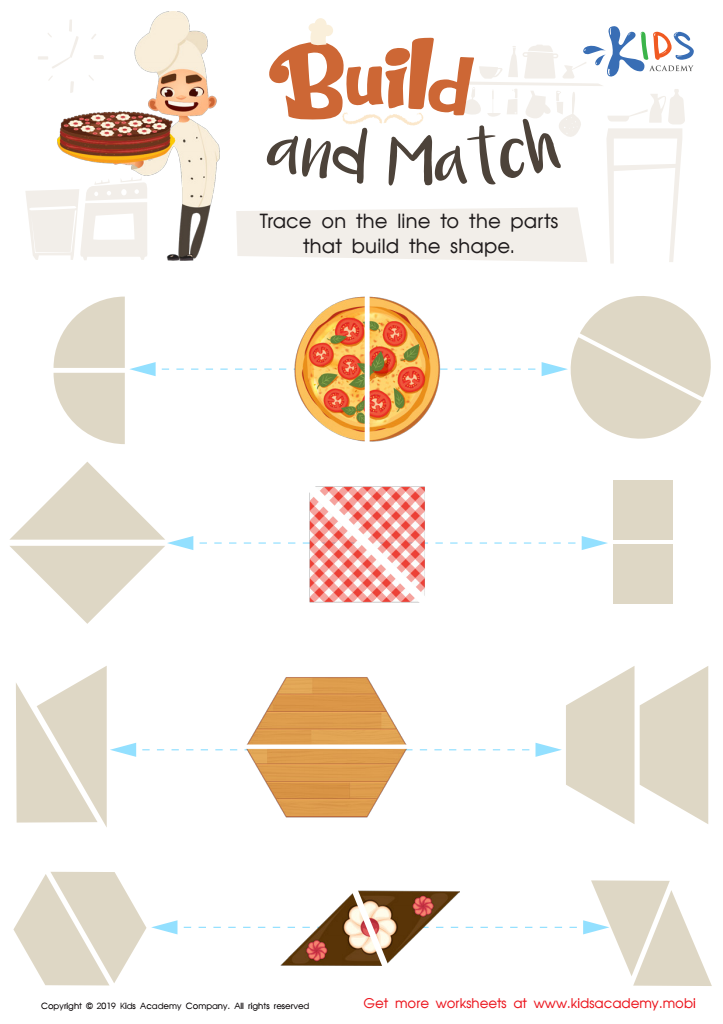

Build and Match Worksheet
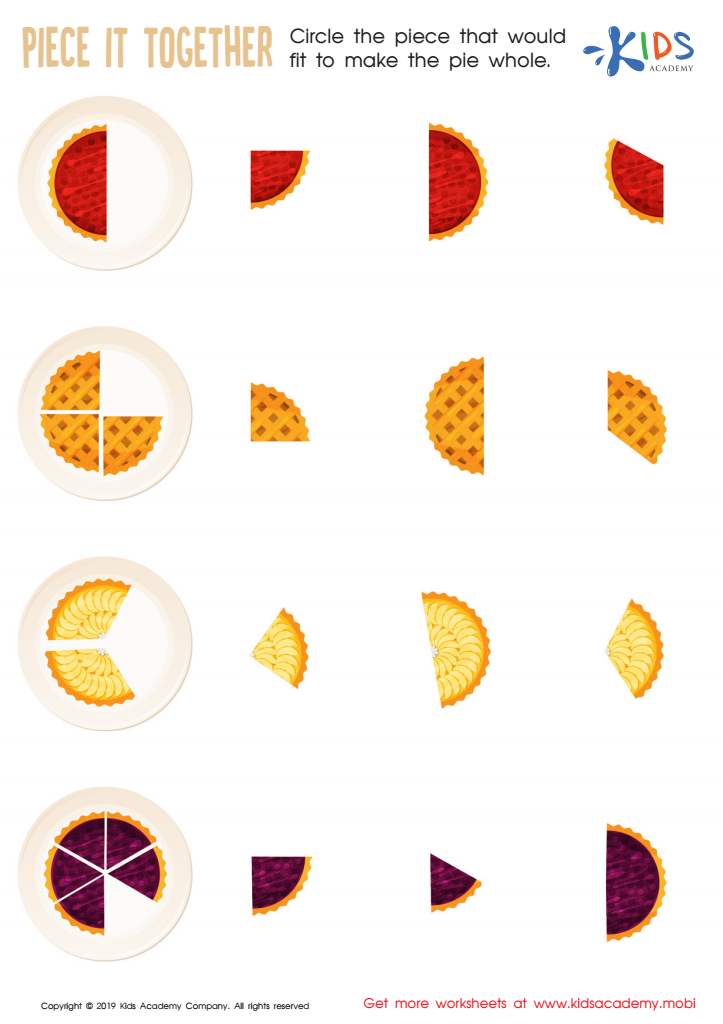

Piece it together Worksheet
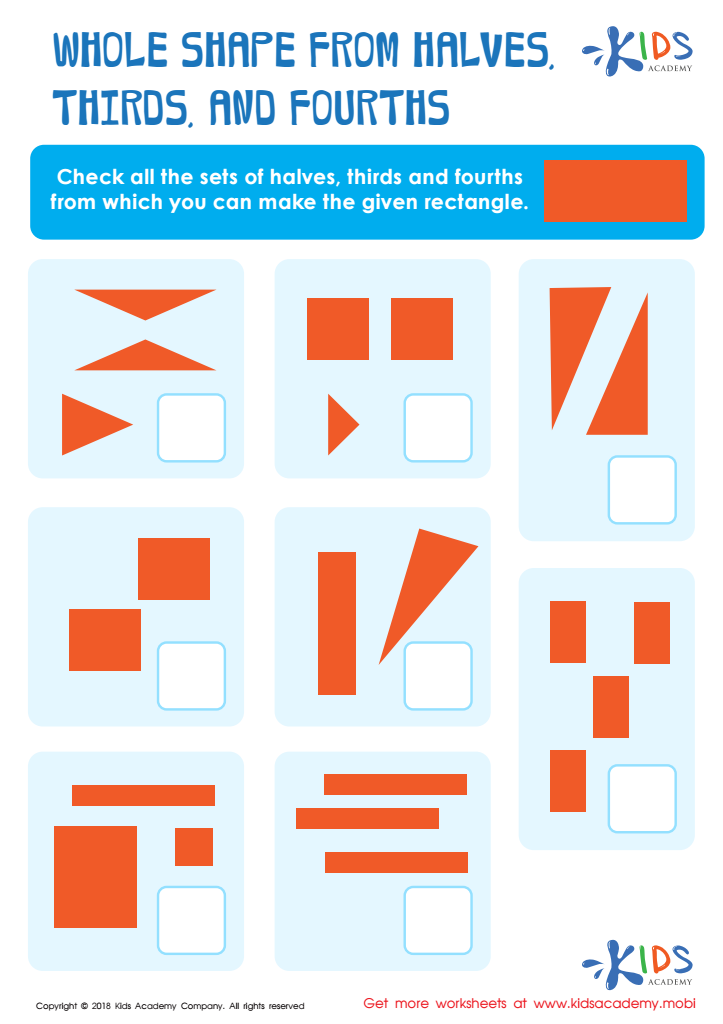

Whole Shape from Halves, Thirds and Fourths Worksheet


Construction Shapes Worksheet
Shape recognition is a fundamental aspect of early geometry that parents and teachers should prioritize for 7-year-olds. At this formative age, children’s cognitive abilities are rapidly developing, and recognizing shapes fosters several key academic and life skills.
First, shape recognition enhances spatial reasoning. By identifying and differentiating between various shapes, children learn to understand and navigate their physical world better. This spatial awareness is crucial for subjects like math and science, as well as everyday tasks involving problem-solving and critical thinking.
Moreover, understanding shapes aids in vocabulary development and communication. When children learn the names and properties of shapes, they also learn descriptive language, which is transferable to other areas of learning and essential for clear communication.
Mathematically, grasping basic geometry concepts lays the foundation for more advanced topics. Mastery of shape recognition enables children to understand patterns, sorting, and classification, contributing to their overall number sense and analytical skills.
Additionally, recognizing shapes integrates with artistic endeavors, promoting creativity and fine motor skills. Children often use shapes in drawing and constructing projects, thereby linking geometric knowledge with self-expression.
Overall, prioritizing shape recognition is crucial as it supports cognitive development, academic growth, and practical life skills, making it an essential component of early childhood education.

 Assign to My Students
Assign to My Students
